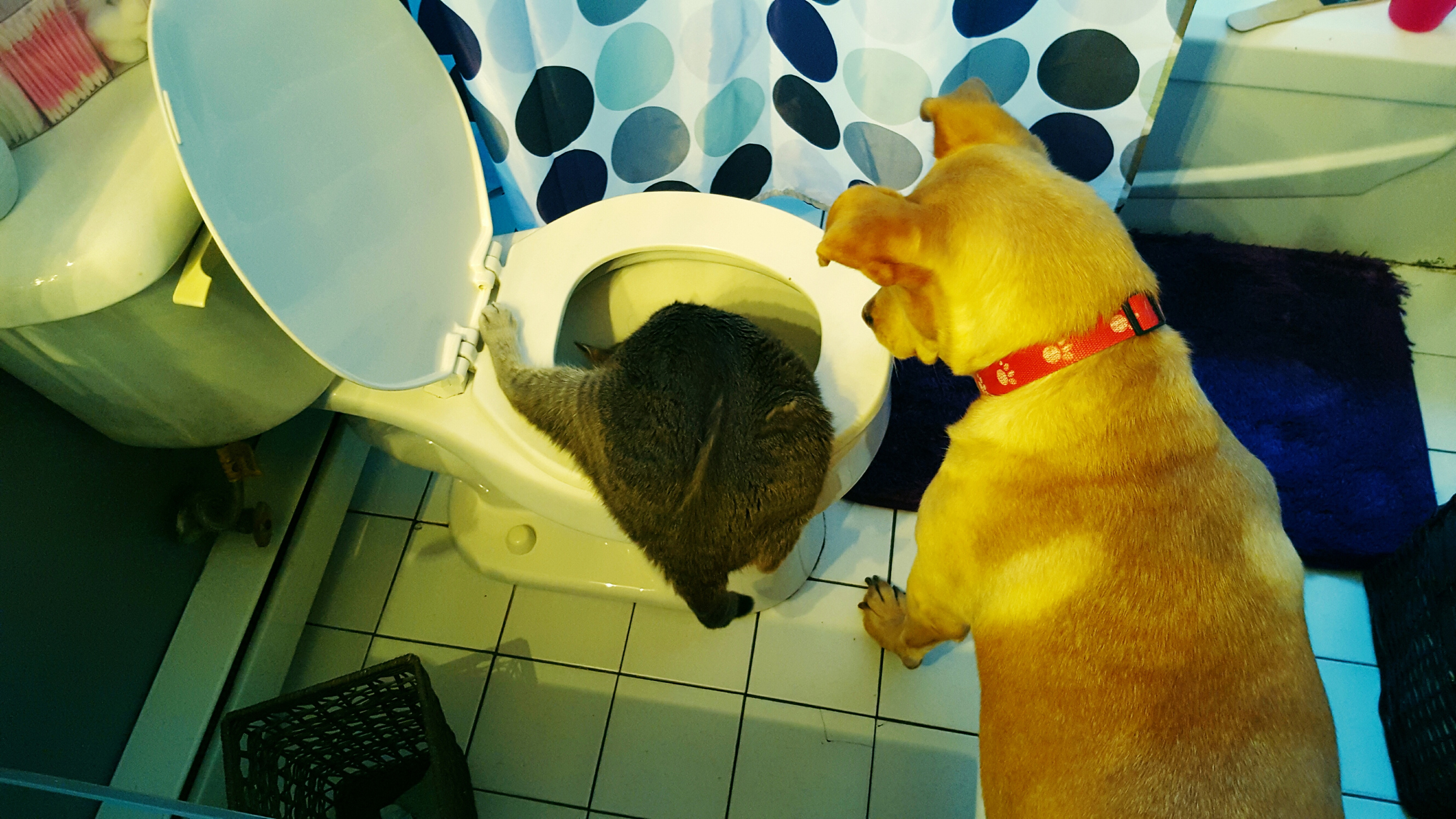Monsters of Rock: China PMIs in the toilet in dank news for miners

Pic: Getty
- China’s PMIs dropped to their weakest level in more than two years in April
- While that’s bad for commodities, Commbank analyst Vivek Dhar says a wave of government infrastructure investment could support demand for steel, aluminium, zinc and copper
- Nickel Mines secures sales licence for nickel pig iron from the Angel Nickel Project, rises to strongest share price in a month
We have in our hands a reasonable explanation for the slowdown in commodity prices seen in April, with China’s official and Caixin purchasing managers indexes painting a broad picture of the slowdown in the Chinese economy wrought by its Covid Zero lockdowns.
The official PMI covering China’s large companies and generated by the National Bureau of Statistics slid from 49.5 in March to 47.4 in April, its slowest growth rate since pandemic lockdowns in Wuhan in February 2020.
There was little respite from the Caixin/S&P Global survey, which showed a drop from 48.1 to just 46.0 in April. Anything under 50 is bad news for commodities, indicating a slowdown in Chinese manufacturing activity.
“The official PMI showed a larger decline in the sub‑component of new orders (i.e. demand) relative to output (i.e. supply),” Commbank’s director of mining and energy commodities research Vivek Dhar said.
“That helps explain why China’s COVID‑19 lockdown have had a negative impact on commodity prices. New export orders (i.e. external demand) also weighed on China’s official manufacturing PMI, but was less of a factor relative to weaker domestic demand.
“The fall in the construction sub‑component of the non‑manufacturing PMI (58.1 in March to 52.7 in April) likely signals that the lockdowns are impeding infrastructure projects.
“The April reading of the construction sub‑component is the lowest since February 2020.”
The big one to look at is steel demand, the source of demand for Australia’s massive iron ore industry. Infrastructure and property investment both account for around 30% respectively of the steel market in China, the main factor in iron ore demand and prices.
China’s promise to wake up economy
On the plus side price movements are currently being restricted because of public holidays around the world, including the Labour Day holiday in China.
That has kept movements in commodity prices relatively muted, even if the PMI numbers will do little to help sentiment.
But China’s Communist Party is starting to get anxious about flagging economic growth, and is looking to make massive investments in infrastructure to hit its growth targets.
“Infrastructure investment will likely compensate any falls in consumption – in line with policy from 2020 when COVID‑19 lockdowns initially weighed on China’s economy,” Dhar said.
“While policymakers left the 2022 local government special bond quota unchanged at RMB 3.65tn, the National Development and Reform Commission (NDRC), China’s economic planner, has indicated that RMB 1.2tn of special bonds issued late last year can be used this year. That would effectively mean a total of RMB 4.85tn may be spent on infrastructure projects this year – the highest on record.
“The implied growth rate is an impressive 98% after deducting the RMB 1.2tn from 2021 and adding it to 2022. This growth is even stronger than the 74% increase allocated for 2020 when policymakers prioritised infrastructure investment to support economic growth in light of COVID 19.
“China’s infrastructure sector accounts for ~30% of China’s steel demand and 20‑35% of China’s zinc, aluminium and copper consumption.”
Miners leveraged to the China story suffered a poor trading day, with the big iron ore miners lower led by an almost 5% slide for Andrew Forrest’s Fortescue Metals Group (ASX:FMG).
Met coal miners were the standouts, with Coronado Global Resources (ASX:CRN) up almost 4% and Stanmore Coal (ASX:SMR) due to wrap up its US$1.2 billion ($1.69b) purchase of BHP’s 80% stake in the BMC coal business in Queensland running more than 8%.
Monstars share price today:
Nickel Mines secures sale rights at new nickel plant
Nickel Mines (ASX:NIC) was up 1.53% after securing a commercial sales licence in Indonesia for its Angel Nickel Project.
If you’ve been sleeping on the Nickel Mines story it’s a fascinating one. The company was forced to head into downstream processing after Indonesia told nickel miners a few years ago they couldn’t export raw materials that weren’t value added.
That saw the company move into the production of nickel metal from rotary kiln electric furnaces, plants designed on a template basis by leading Chinese stainless steel producer Tsignshan on a template model.
By taking majority stakes in plants constructed by Shanghai Decent, a Tsingshan subsidiary which will take a 22% stake in ASX-listed NIC after shareholders approved the share issue at an EGM today, the firm has quickly become one of the quickest growing nickel producers in the world.
That closeness to Tsingshan saw big question marks over its offtake arrangements after a short squeeze prompted by Tsingshan and its boss Xiang Guangda’s massive short bets, but NIC is beginning to recover from that hit in March.
Its shares have rebounded to $1.33 today, the highest in a month. Three of the four RKF lines at Angel are now commissioned, with the final line to enter production in mid-May, with 2,975t of nickel metal produced to date.
Once Angel and the coming Oracle nickel project are ramped up next year, Nickel Mines’ production capacity will increase from its current nameplate level of 24,000tpa at its existing Hengjaya and Ranger plants to 78,000tpa, not far off the metal output of major miners like BHP’s Nickel West division.
UNLOCK INSIGHTS
Discover the untold stories of emerging ASX stocks.
Daily news and expert analysis, it's free to subscribe.
By proceeding, you confirm you understand that we handle personal information in accordance with our Privacy Policy.








